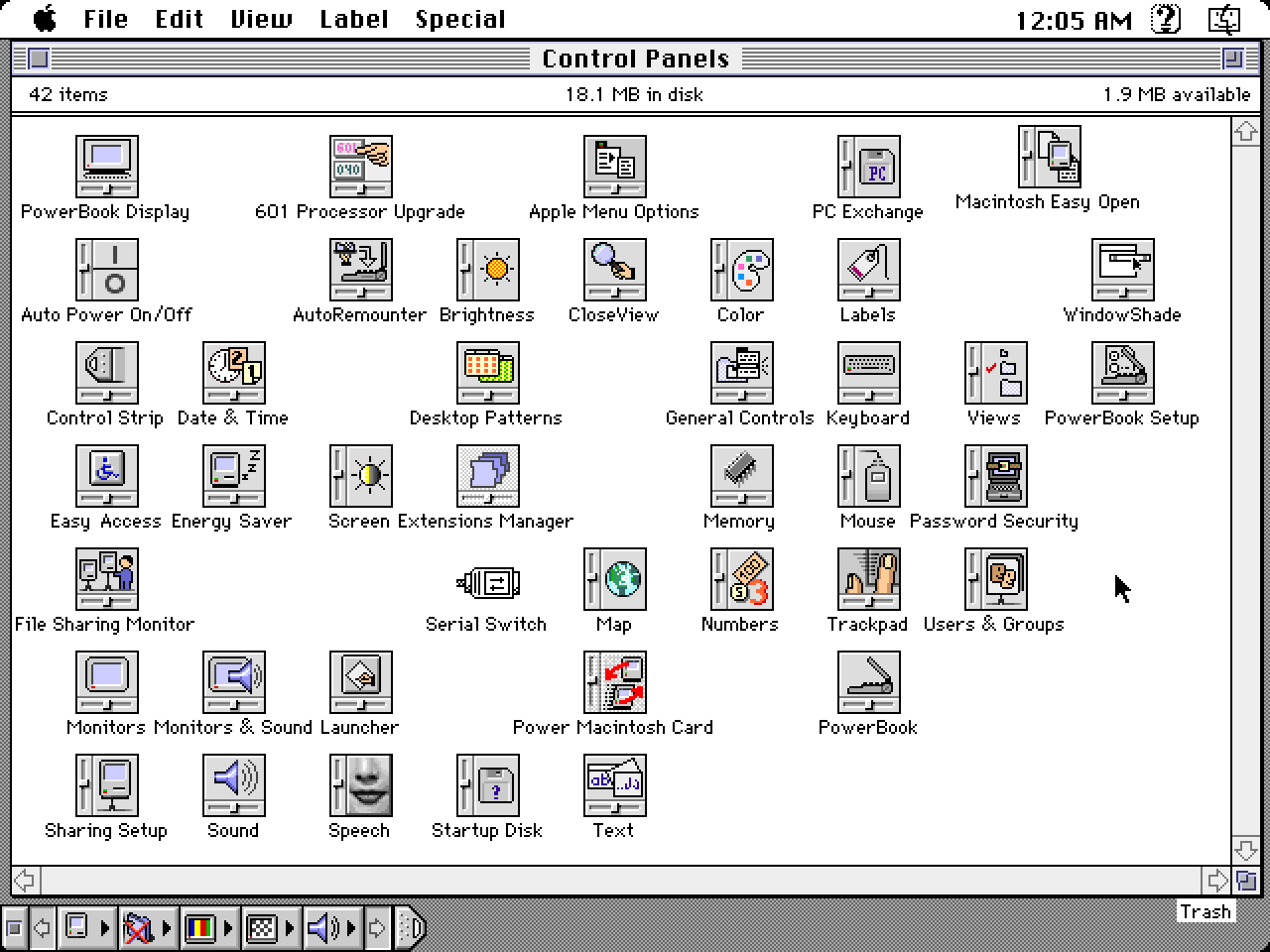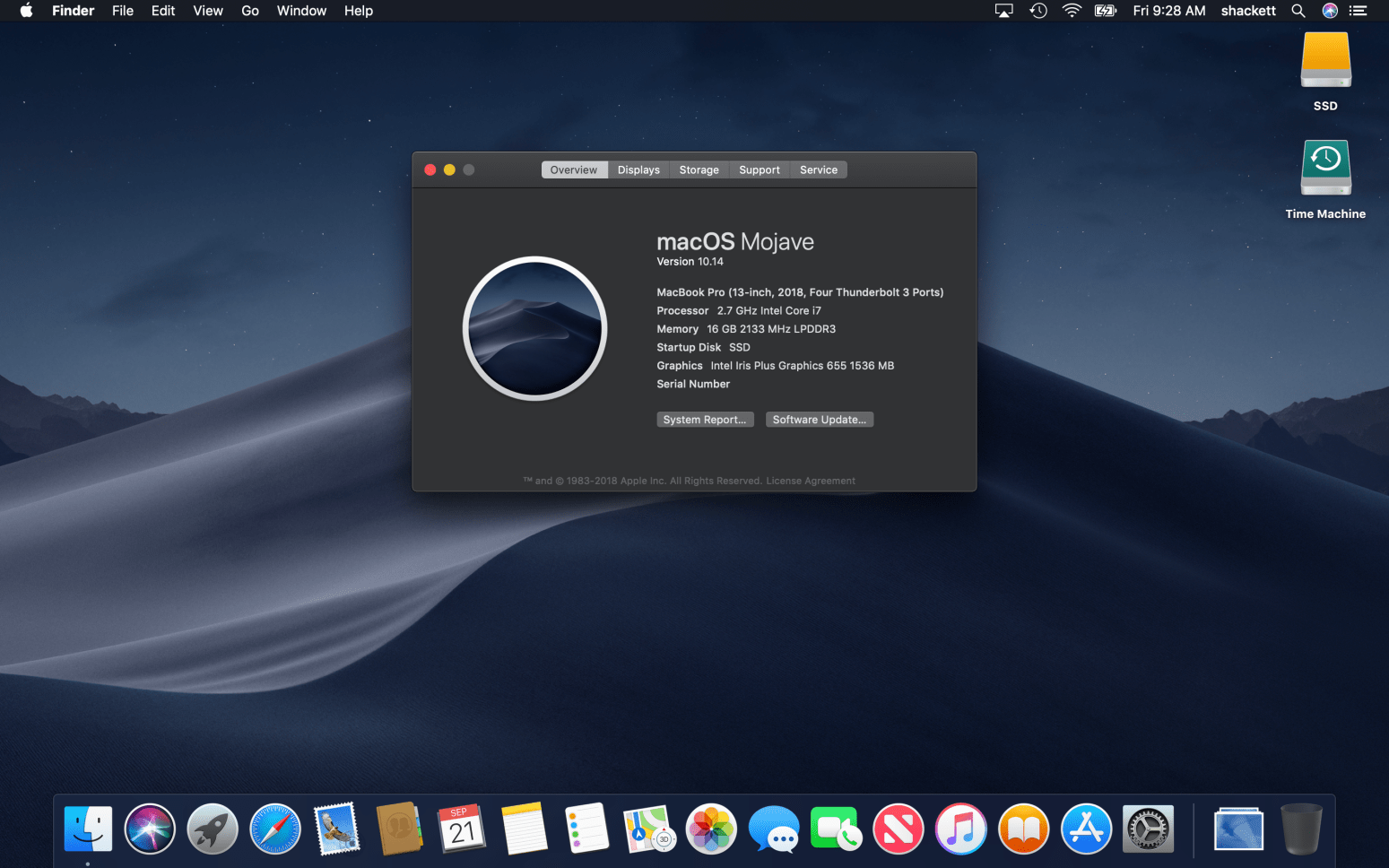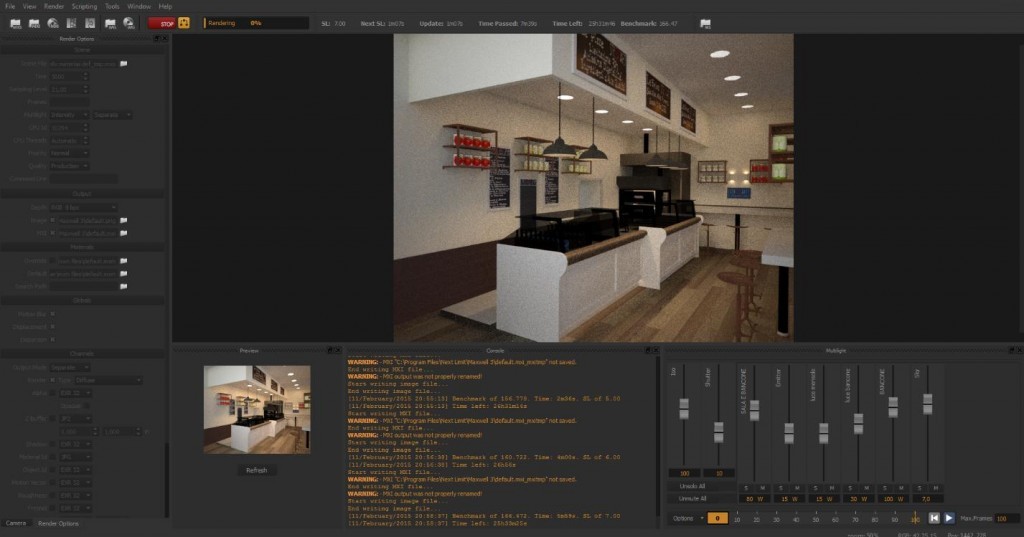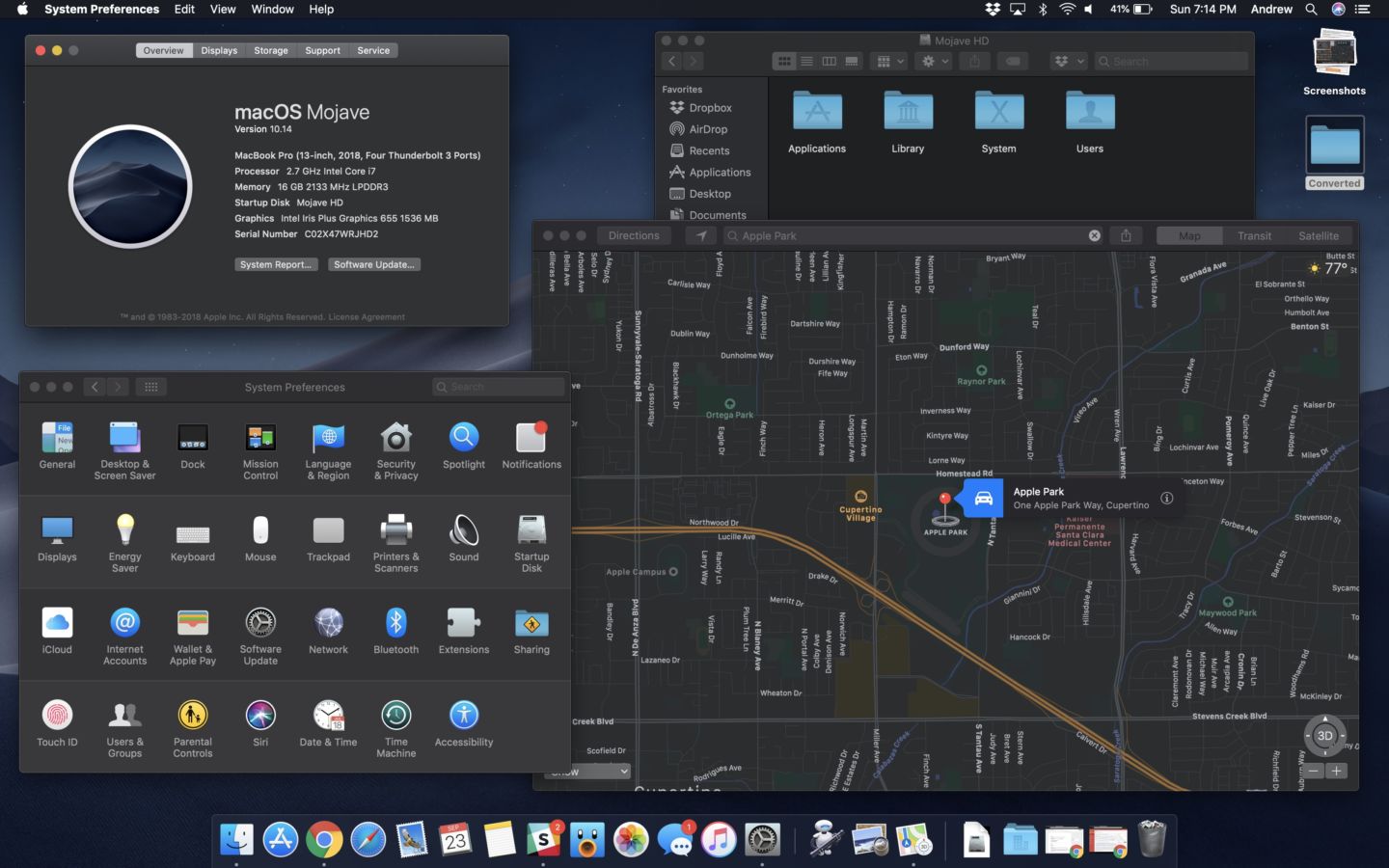
Internet search options were allowed for the very first time. The update to Mac OS 8.5 further increased the speed and size of the OS. The file system was able to easily control 2 billion files with a current file size of up to 2 GB. The maximum size for the partition of hardware was promoted to 2 TByte for all Quadra and PowerMac systems. The disk space was less wasted and more and more space for the file saving was made part of the new OS. Soon after, Mac OS 8.1 with the filesystem HFS+ was introduced as the default option.

Shared files through TCP/IP network were also introduced. The standard browsers that we see today, like, Microsoft Internet Explorer 3.0 and Netscape Navigator 3.0 were also incorporated in the new OS. The starting time of the OS and several other heavy applications also reduced. The minimum pre-requisites for the new OS were 32 MB RAM, a 68040 or PowerPC processor32 MB RAM and 120 MB of free disk space. MAC OS 8Īpple first launched the proper Mac OS 8 in July 1997. Virtual memory and overall memory management also improved in this rendition. It supported 32-bit addressing and 24-bit addressing was removed permanently. The new 7.6 can be easily downloaded into every Mac computer. After a year or two, Apple allowed the Mac System Software version 7.5.3 to be downloaded freely by the public. It was the launch of 7.6, which made t System Software to Mac OS in the year 1997. The 7.5.5 provided the modern amenities like Ethernet driver, Open Transport 1.1.2, and support for storage drive volumes up to 4 GB. It solved all the issues previous update had. The update in the System 7.5 into System 7.5.5 happened in September 1996. The system powered both Macs and Power Macintosh but had some drawbacks. It converted the OS into System Software 7.5. The user interface was also modernized with the help of AppleScript and Balloons as symbols.Ī new update to System 7 happened in 1994. Multi-tasking was made a default option as well as memory had no limits, unlike the previous version. It can also be jumped to 32-bit, depending upon the hardware used. This system was a bit more facilitated as compared to the predecessor. The next advanced part of the Mac OS called as System 7 debuted in May 1991. As for the Word processing and other program fronts, famous software like MacWrite II, WriteNow, and Microsoft Word 4.0 were made part of the Mac System 6.

The applications were also provided with an option to operate with the help of Multi Finder in cooperative multitasking. The file systems of the OS were trained to organize up to 2 GByte with 65,536 files in hard disks. System 6 required 1MB RAM and was able to handle up to 8MB. The OS, obviously, wasn’t as advanced as the systems we see today but it provided a good start for the Mac’s never ending success. The System Software 6 appeared in the market for the first time in 1988. Let’s start with the step by step advent of the OS though ages MAC OS SYSTEM 6 Now let’s take a little deeper look into the history of Mac OS and how it emerged and boomed into the Desktop and PC world. OS X is the massive and powerful 64-bit operating system which can be swiftly used on many different processors.

The more powerful versions of Mac OS X have allowed the positive use of Intel-based processors. The Cupertino giant has only allowed the use of Mac OS X is specific Intel-Mac systems. Mac OS X first debuted around the world in 2006. As soon as the more advanced version, “System 7.6” was announced it was officially renamed to Mac OS. The update to the “System 7.5”announced the support for PowerPC architecture, for the very first time. This means that the powerful Mac OS can now operate more heavy programs and has more worthy memory. System 6 also made it optional for the users to enable multi-tasking in a cooperative manner.Īfterwards, “System 7.0” for the first time introduced 32-bit addressing. The OS was later updated to “System 6.0.” The system was mostly in assembler mode but the partial update was also done in the Pascal format. It was able to run several different programs at the same time with the integrated MultiFinder.

“System 5.0” was the first system in the Mac OS lineup which started modernizing the desktop scene. The HFS Files system was unable to differentiate between uppercase and lowercase letters. The Mac OS started the journey into the desktop world with its “System 3.0.” The system was not much developed when compared to the others available at the market that time. All in all, the interface is very facile to operate and does not need long and tiring command line interface. Mac OS gained popularity due to the intelligent use of graphical interface. The software used in the computer was first named as “Mac System Software.” The name was later changed to “Mac OS” after the introduction of 7.5. Apple first introduced its Macintosh Personal computer in January 24, 1984.


 0 kommentar(er)
0 kommentar(er)
